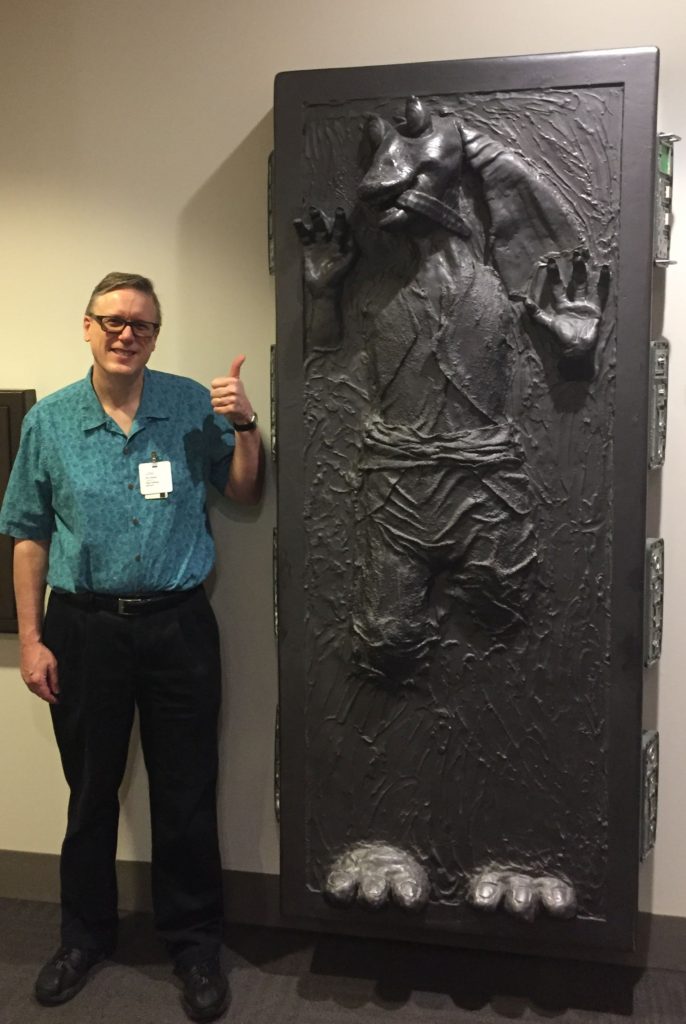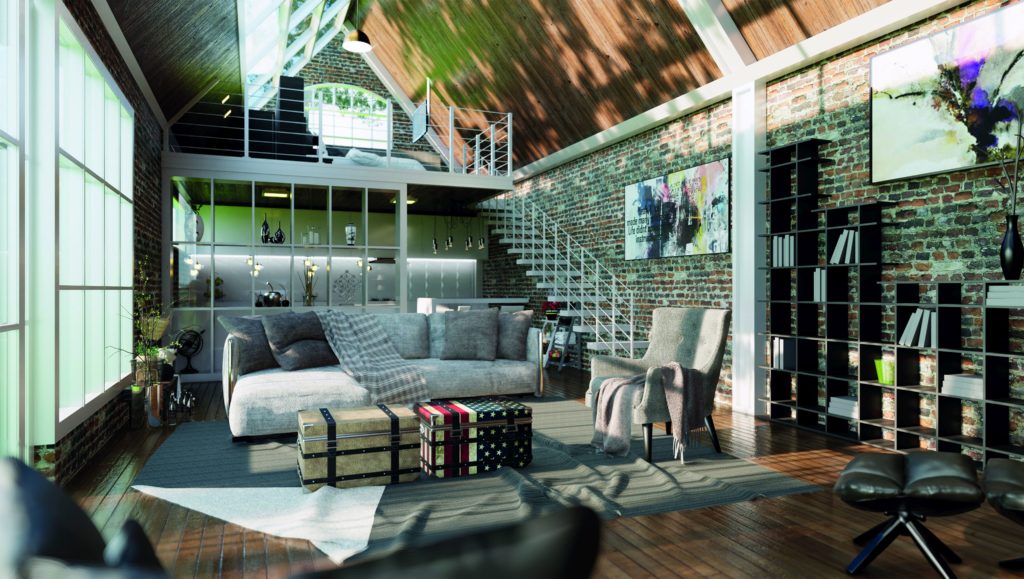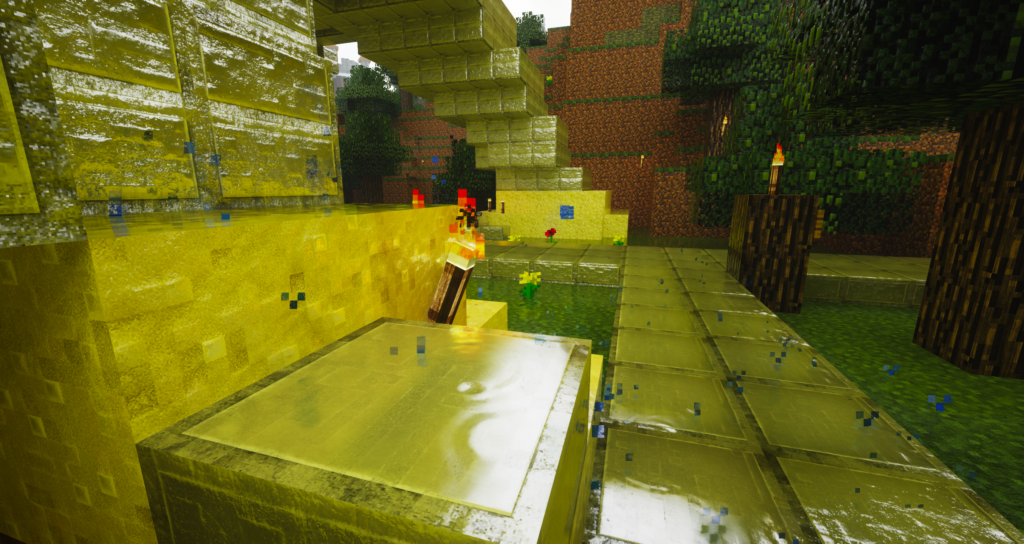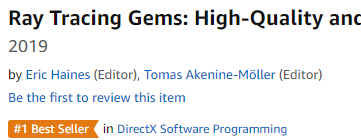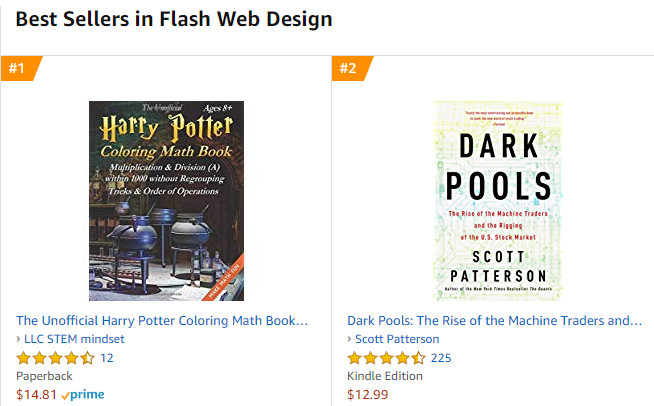I’m posting because I gave a lecture on ray & path tracing last Monday, and at the end gave a little career advice, at the request of the people running the class. One thing I ranted about was getting LinkedIn invites without any explanation. I did say to the audience, students, that they could ask me for a connection, if they wanted. I guess I didn’t make it clear that they, too, should add an explanatory note – “loved your lecture, you’re the best person on the planet” or whatever – as I then received two invites without any notes that I tracked down as being students at the lecture (and so accepted). Next time I’ll be clearer…
I get a lot of LinkedIn invites – I suspect most people do. My rule is I accept if (a) I clearly know you or (b) you work for the same company as I do or have some other obvious direct connection or (c) you added a little note as to why we should connect.
I see varying advice on this. LinkedIn itself blogs on the topic, saying not to connect to random people. But most of the people who want to connect are semi-random – they usually are interested in computer graphics. Some site with an icky (to me) URL of linkedinriches.com (with “$” for that final “s” on the website itself) says I should accept everything except the utter randos, which does have a logic to it – who really cares who connects? But, if I get a note from the inviter, I’ll go with the assumption that I know them somehow. And if I see I have a connection with someone, I’ll assume I can contact them, as we somehow know each other – I don’t want to be the rando if I DM them.
My own feeling is that if someone doesn’t know me and doesn’t spend half a minute to write me a sentence for why we should connect (I always do, when connecting with someone else I don’t know), then I’ll ignore the request. As LinkedIn says, such requests are indistinguishable, disingenuous, lacking creativity, or lazy. Am I missing something here?
Reply on Twitter, if you’re interested (sadly, spammers have led to us mostly turning off comments on this blog itself).
And if you did make a no-explanation invite and would like to explain why we truly should connect, great: email me, erich@acm.org (once upon a time I would not post my email address, but Gmail’s spam filter is quite effective). I currently see 35 pending invites, and you all look to be fine people (except you, Fred), so let me know why you want to connect.
